Historic Shifts in Leadership and Workforce Representation
The future of mining in Australia is being created by the women and there are the good signs in the leadership, participation and engagement. The industry is experiencing an increasing population of women workers, more women in positions of leadership, and specific recruitment efforts against women to hire in the industry. Despite all these, pay equity issues, occupational safety and diversity among leaders remain an issue.
BHP Ties the Knot on a historic Hire
The mining giant BHP is close to a potentially historic moment when Geraldine Slattery will be the first female chief executive. It would be a historic change in the company which has been operating over 140 years.
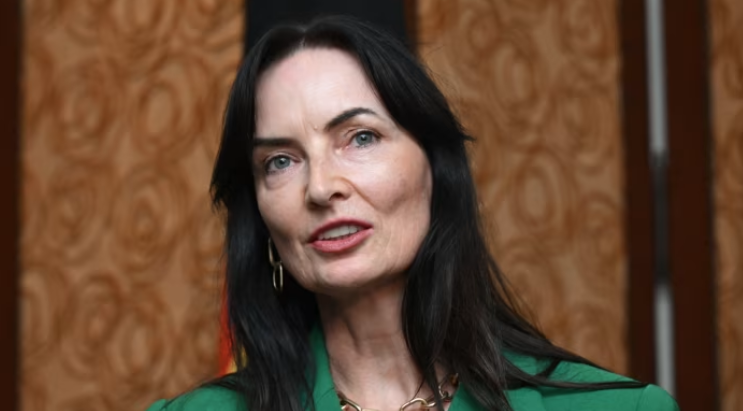
Geraldine Slattery is considered a leading candidate to become BHP’s first female chief executive.
A buzz of having a female chief executive head at BHP has created a buzz within the industry. It would not only change the leadership face of the company but it would send a powerful message to the industry regarding the value that is being attached to diversity in senior positions.
The workforce Representation Revives
According to a report by BHP, the percentage of women in the total workforce is now 40 percent and approximately 35.4 percent in Australia. Its CEO, Mike Henry, said that the company has gained more balance between the sexes. The increased percentage of women, he added, has been associated with safer conditions, performance, and general workplace results.
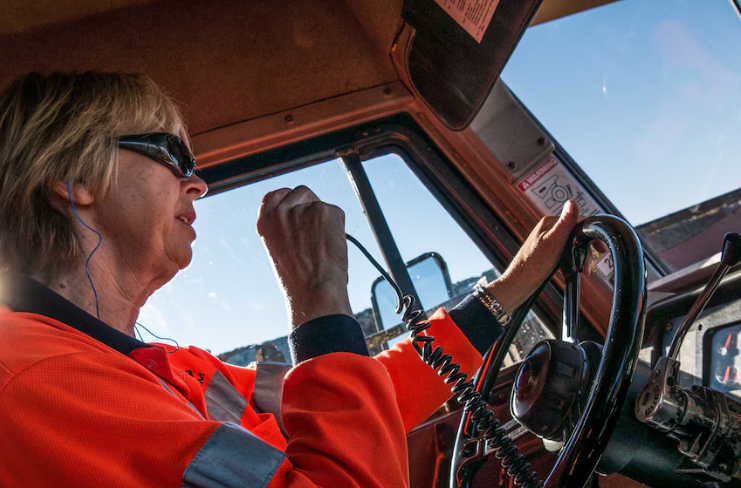
These developments are not BHP-specific. Other Australian miners have hired more women, and in some instances with the help of company-wide initiatives and scholarships to bring female students to study science, technology, engineering, and mathematics. The industry is embracing the need to have wider based participation to achieve a competitive and sustainable workforce.
There is still the Gender Pay Gap
Nevertheless, the mining industry per se still struggles with pay equity despite the improvements in the area of participation. A government report released in March 2025 revealed that women received 18.6 per cent lower pay in Australia than men, and mining and construction were ranked as the highest paying industry with the largest pay gap.
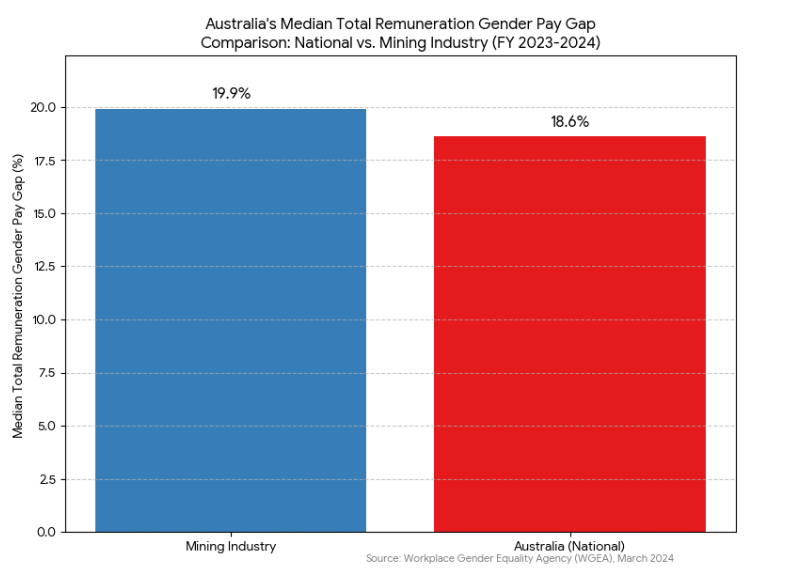
The gender pay gap in Australian mining remains one of the widest across industries.
The numbers are representative of the necessity of additional measures on the company and industry level. Although more and more women are moving into mining jobs employment, the reality that a high gender pay gap continues to persist, indicates that there are still barriers to equal opportunities in terms of career advancement and remuneration. A variety of companies are considering the use of pay transparency measures and free-standing appraisals as part of their labour force strategy.
Women have not been well represented in Leadership
As more and more women join mining work forces, they are still less represented in top management. According to a recent survey, Australian mining, oil and gas industry has a low representation of women in top management positions only 16 percent.
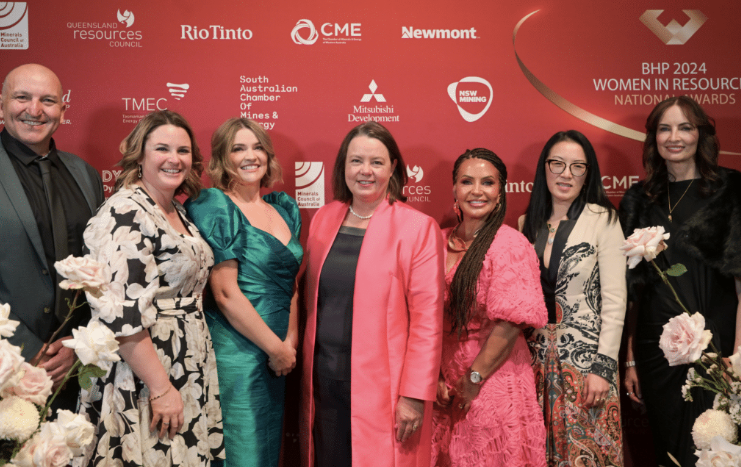
This is a restricted[senior] level appearance and one that addresses greater structural and cultural issues. Career development paths, according to diversity champions, have to be entrenched and mentoring opportunities have to be increased. These will be critical in developing a leadership pipeline which is more reflective of the rest of the workforce.
Campaigns and Recognition Programs go up
Industry organizations are also in an attempt to get more women to consider a career in the mining industry. The NSW Minerals Council has recently embarked on a campaign to target young women, and suburban mothers. The campaign will utilize podcasts, social media, and streaming services to change people’s attitude towards mining and create an interest in mining professions.
Meanwhile, leadership, innovation, trade, and diversity achievement were recognized by the 2025 Women in Resources National Awards in Brisbane. The awards will be hosted by Minerals Council of Australia and will aim at recognizing role models that shatter the barriers in the industry. Individual and organizational success is recognized and this serves as an appreciation and motivation to other females to join and stay in the mining professions.
Workplace Culture and Legal Challenges
Despite the existence of up to recruitment and recognition programs, which are on the increase, there exist cultural hurdles. Both BHP and Rio Tinto are subject to imminent class action lawsuits of sex harassment and discrimination in the Australian mine sites. Such have emphasized the need to not only employ women but, also, provide good working environments.
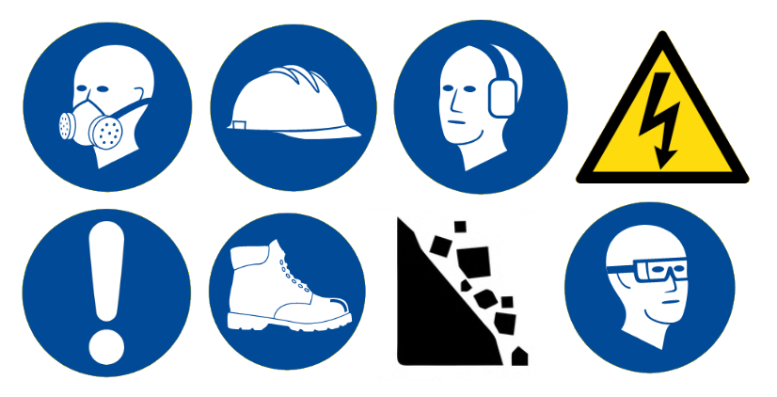
The safety and culture of the workplace are something that the industry minds will always think about. Businesses are rewriting policy, adding reporting relationships and adding training programs to make the workplace more inclusive. In the case of women in Australian mining, further representation increases in the workforce will be dependent on further culture change in the workplace.
Women in Mining WA Summit Takes Inclusion Turn
In Perth, the Women in Mining Western Australia Summit 2025 united the stakeholders in the industry in all aspects to discuss the inclusion programs and career advancement. It was entirely about creating a better future of the Australian mining industry by women working together, policy reform, and commitment to leadership.
The speakers outlined that although the levels of participation are growing, the gaps in leadership, pay equity and safety have to be bridged. The summit was where ideas could be shared, progress was reported and diversity was reaffirmed at every level of the mining industry.
Also Read: FX Flows & Metals: How Currency Movements Are Driving Mining Stock Returns
Final Thoughts
Australian women in the mining industry are enjoying tangible returns, and an increased number of women are in the mining industry, are identified and promoted to lead the major leadership. Having a female chief executive would have been a historic moment in the industry where BHP would have been the first to select a woman.
Challenges remain, however. The wage disparity is still wide, women are still underrepresented in top management and the safety concerns related to the workplace are still in urgent need. The industry is making significant efforts to make it a more inclusive place with focused campaigns, national awareness, and leadership forums. To achieve sustainable change, though, these interventions will need to take the form of long-term improvement in leadership, pay equity, and workplace culture.
FAQs
1: What is the current percentage of women in Australian mining?
Women now make up about 35.4% of the mining workforce in Australia, with numbers continuing to rise.
2: Who could become the first female CEO of BHP?
Geraldine Slattery is a leading candidate to become BHP’s first female chief executive.
3: What challenges do women in Australian mining still face?
Women face a gender pay gap, limited leadership representation, and ongoing workplace culture and safety concerns.
4: What initiatives are promoting women in mining careers?
Campaigns, scholarships, and the Women in Resources National Awards are helping attract and retain women in mining.
5: How is the gender pay gap affecting women in mining?
Women in Australia earn 18.6% less than men, with mining among the sectors showing one of the widest pay gaps.












